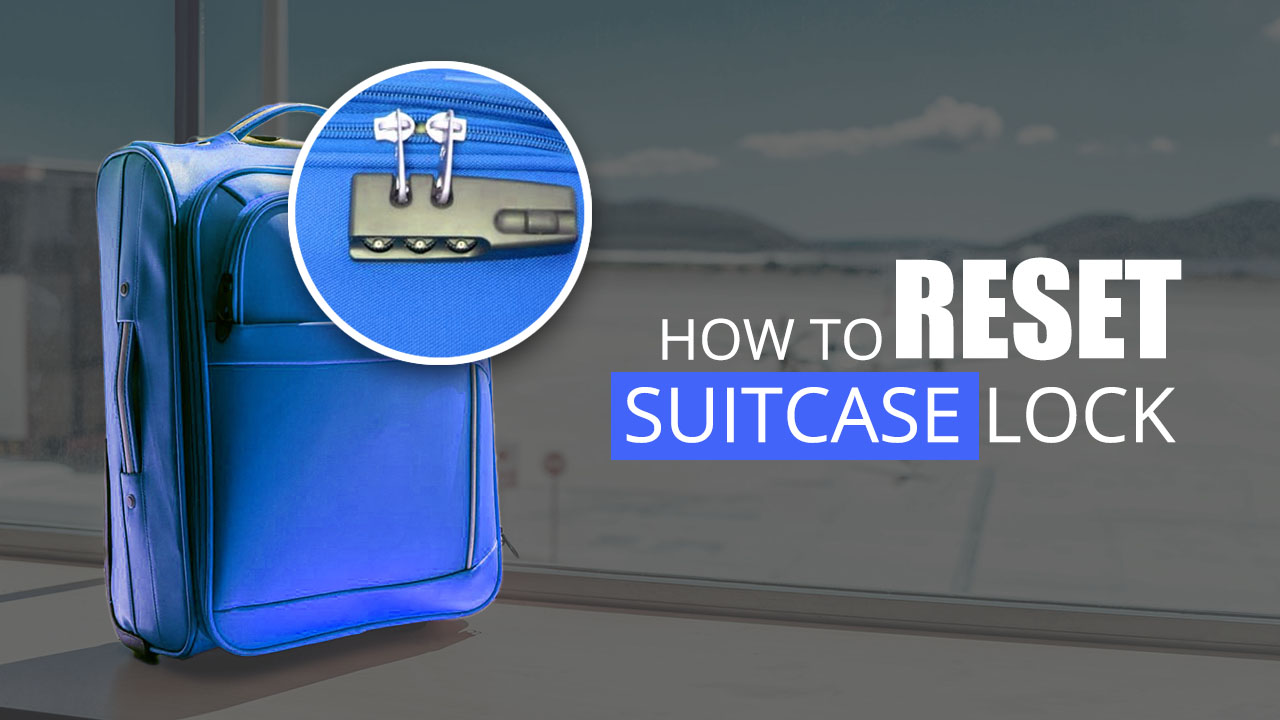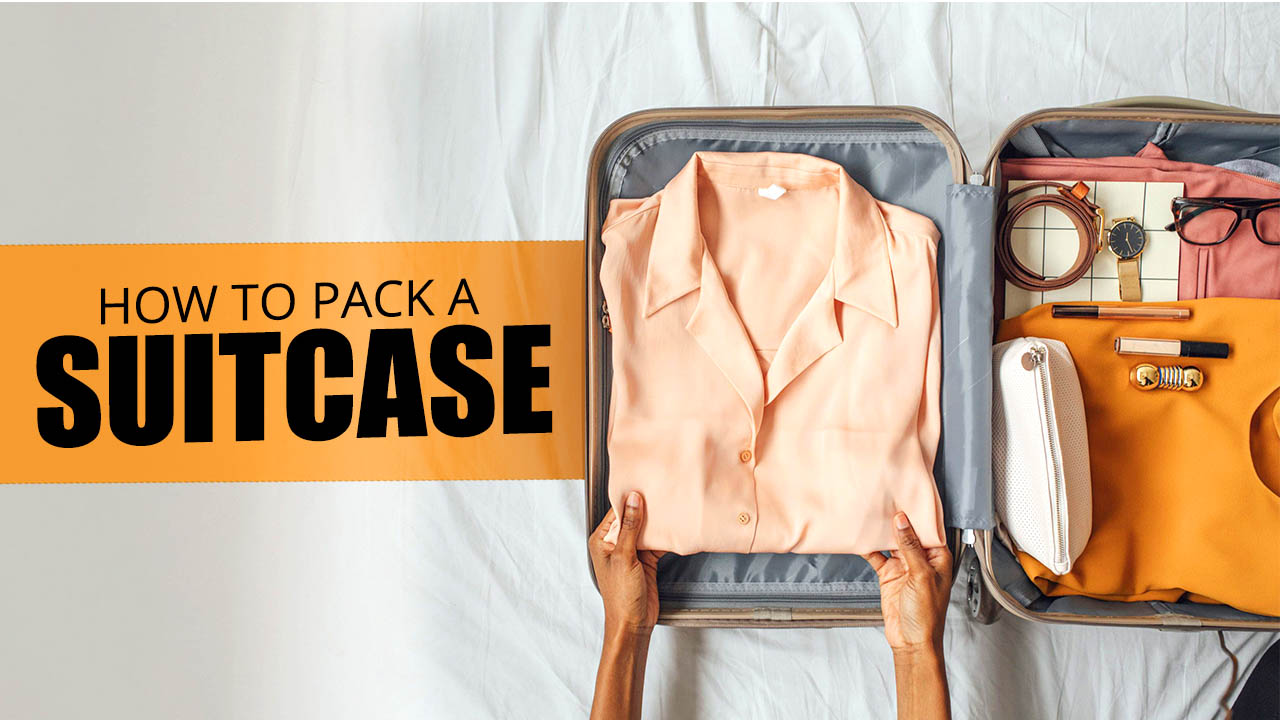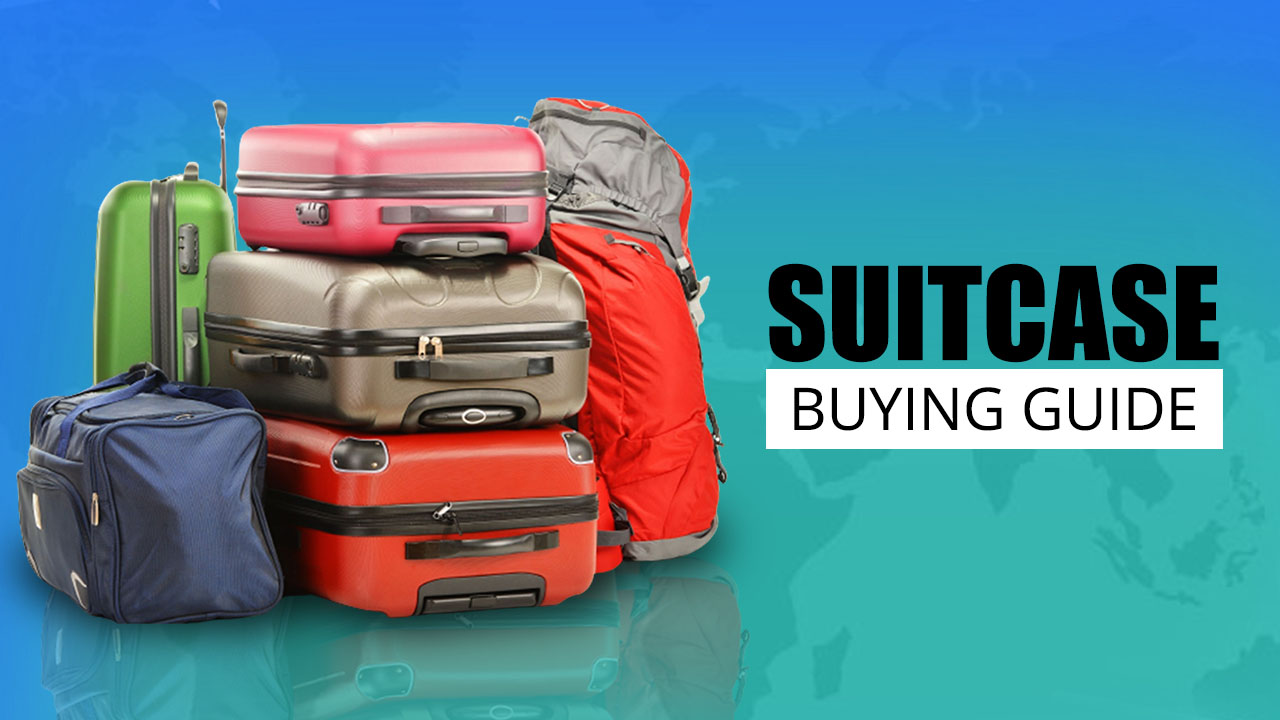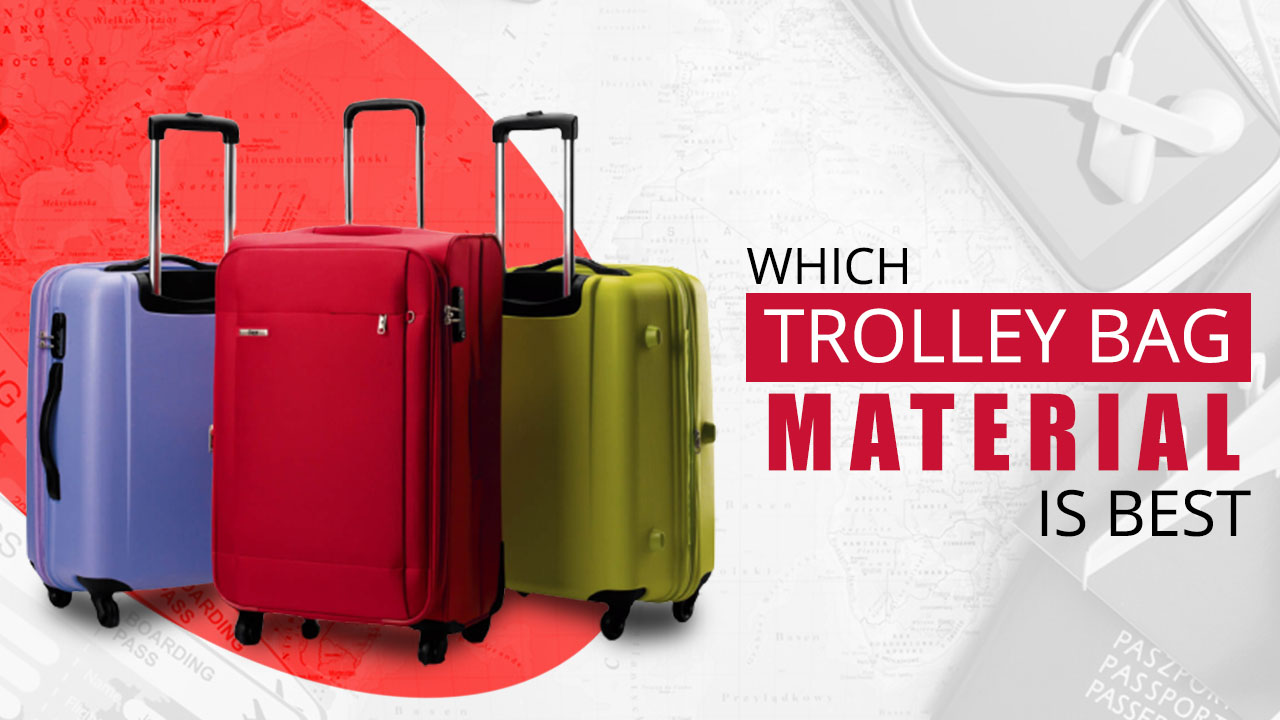When planning to travel by air, you will need to make sure that your luggage complies with the size and weight restrictions of the airline you are flying with. Depending on the airline, these restrictions can vary, so it is always best to check ahead of time.
To avoid any problems at the airport, it is advisable to measure your luggage before leaving for your trip. There are a few different dimensions that you will need to consider: weight, height, width, depth, and linear centimetres.
By ensuring that your luggage adheres to these dimensions, you will be able to avoid any potential delays or problems when checking in for your flight.

Baggage Measurement – Do’s and Don’t
When packing for a trip, it is important to make sure that your luggage meets the size and weight restrictions set by your airline. These restrictions are in place for the safety of both passengers and crew, and they help to ensure that everyone has a comfortable journey. Here are some baggage measurement tips to follow
- Different airlines have different rules for what kind of luggage you can bring in the cabin and what kind must go in the hold. You can usually find this information on the airline’s website, under the “Frequently Asked Questions” section. It’s a good idea to check the website before you travel, because the information might have changed since you last flew with that airline.
- Some of the best luggage bags have an expandable section that can be opened to create more space inside the bag. If your travel bag has this feature, be sure to take measurements with the expansion open to get an accurate idea of the bag’s true capacity.
- Before you travel, make sure to measure your luggage so you know it complies with the carry-on baggage size restrictions of the airline you are flying. Although many brands claim their luggage meets these requirements, it is always best to double check yourself.
- This way you can avoid any potential problems at the airport. Different airlines have different rules, so it is important to be informed. Also, the dimensions advertised by manufacturers are not always accurate, so it is better to be safe than sorry.
- Make sure to measure your luggage when it is full. This is because it is possible for the bag to change shape or expand when you put things in it. Always check the measurements of your luggage once it is filled so that you know it meets the requirements.
- There is a difference between checked baggage and hand baggage. Checked baggage is usually bigger and heavier than hand baggage. Most airlines allow you to drop off your checked baggage at the check-in counter to be transported in the hold of the plane.
- You should check with your airline to see if your particular type of trolley bag will be transported in the hold or in the cabin. There are usually size limits imposed by airlines for different types of baggage. For example, a carry-on bag might have to be a certain size to fit in the overhead bin.
How To Measure Trolley Bag Size
Measuring your baggage before heading to the airport can save you time and money. Most airlines have size restrictions for carry-on and checked bags, and oversized bags may be subject to additional fees. To avoid any surprises at the check-in counter, it’s important to know how to properly measure your luggage.
- First, find a flat surface on which to place your bag. A table or countertop is usually a good option. If there isn’t a flat surface available, you can try placing your bag on the floor.
- Then, using a tape measure, start at one end of the bag and measure its height, width, and depth.
- Measure from the bottom of the wheels to the top of the handle for height.
- Measure the distance between the front and back faces to get the depth.
- Measure the distance between the left and right edges to determine the width.
- Keep in mind that trolley bags are often designed with different compartments and pockets, so be sure to factor in the depth of these when measuring. By taking these simple measurements, you’ll be sure to choose the perfect size trolley bag for your next trip.
Once you have the dimensions of your bag, simply compare them to the size restrictions for carry-on or checked luggage for your airline. If your bag falls within the specified limits, then you’re all set to go. However, if it exceeds the size restrictions, you’ll need to either check it or find a different way to transport it.
Knowing how to measure your baggage can help ensure a smooth and hassle-free travel experience. By taking a few minutes to measure your bags before leaving for the airport, you can avoid any potential problems at the check-in counter.
The Complete Guide: Dimensions and Weight of Hand and Hold Luggage
Do you get tired of searching for the correct hand and hold baggage sizes of the airlines you travel with every time? Professional travellers know how frustrating and time-consuming it can be.
In keeping with internal regulations, we have created the definitive guide to hand and hold baggage dimensions for all airlines. Every airline places its own limits on suitcase sizes, so it’s very helpful to know which sizes are permitted before traveling.
Listed below are the sizes of hand luggage and hold luggage allowed by all major airlines in the world. Here is a table showing the dimensions of hand luggage and hold luggage, the weight, and the dimensions of each airline.
| S. No. | Airline | Cabin Baggage Dimensions (L+W+H) | Cabin Baggage Weight | Check-in Baggage Dimensions (L+W+H) | Check-in Baggage Weight |
| 1. | Indigo | 115 cms | 7 kgs | 158 cms | 15 kgs |
| 2. | Go Air | 115 cms | 7 kgs | 158 cms | 15 kgs |
| 3. | Vistara | 115 cms | Economy Class: 7 kgs Premium Economy: 10 kgs Business Class: 12 kgs | 158 cms | Economy Class: 15 kgs Premium Economy: 25 kgs Business Class: 35 kgs |
| 4. | SpiceJet | 115 cms | 7 kgs | 158 cms | 15 kgs |
| 5. | Air India | 115 cms | First Class: 12 kgs Business Class: 12 kgs Economy Class: 8 kgs | 158 cms | First Class: 40 kgs Business Class: 35 kgs Economy Class: 25 kgs |
| 6. | AirAsia | 115 cms | 7 kgs | 158 cms | 15 kgs |
| 7. | Qatar Airways | 115 cms | Economy Classic: 7 kgs Economy Convenience: 7 kgs Economy Comfort: 7 kgs Business Classic: 15 kgs Business Comfort: 15 kgs Business Elite: 15 kgs First Elite: 15 kgs | 158 cms | Economy Classic: 25 kgs Economy Convenience: 30 kgs Economy Comfort: 35 kgs Business Classic: 40 kgs Business Comfort: 40 kgs Business Elite: 40 kgs First Elite: 50 kgs |
| 8. | Singapore Airlines | 115 cms | Suites: 14 kgs First Class: 14 kgs Business Class: 14 kgs Premium Economy Class: 7 kgs Economy Class: 7 kgs | 355 cms | Suites: 50 kgs First Class: 50 kgs Business Class: 40 kgs Premium Economy Class: 35 kgs Economy Class: 30 kgs |
| 9. | Emirates | 115 cms | Economy Class: 7 kgs Business Class: 7 kgs First Class: 7 kgs | 300 cms | Economy Class: 25 kgs Business Class: 40 kgs First Class: 50 kgs |
| 10. | Cathay Pacific Airways | 115 cms | Economy: 7 kgs Premium Economy: 7 kgs Business: 10 kgs First: 15 kgs | 203 cms | Economy: 30 kgs Premium Economy: 35 kgs Business: 40 kgs First: 50 kgs |
Suitcase sizes
When it comes to choosing a suitcase, size matters. But with a variety of sizes available, it can be difficult to know which one is right for you. Here’s a quick guide to the most popular suitcase sizes to help you make the best choice for your needs.
The first thing to consider is what type of trip you’ll be taking.
- If you’re going on a short weekend getaway, a small carry-on size suitcase should be sufficient. These are typically 21-22 inches in height and can hold around 25-35 litres.
- If you’re planning a longer trip or need to pack more items, then a medium-sized checked bag would be a better option. These are usually 28-32 inches tall and have a capacity of 60-90 litres.
- For even longer trips or if you need to pack extra items like sports equipment, there are large suitcases available as well. Large suitcases are great for extended vacations or if you have to pack heavier items like winter clothes. However, keep in mind that they can be more difficult to transport and may incur additional fees when checking them in at the airport. These are typically 24-26 inches in height and have a capacity of 45-65 litres.
Once you’ve decided on the size, you’ll also need to decide on the style. There are hardside and softside suitcases.
- Hard side suitcases are typically made of a sturdy material like polycarbonate or ABS plastic and can offer more protection for your belongings. They’re also generally easier to keep clean since they don’t absorb spills like soft side suitcases can.
- Soft side suitcases are usually made from materials like nylon or polyester and can be more easily squeezed into tight spaces. They’re also typically lighter in weight, which can be helpful if you’re trying to avoid excess baggage fees.
When it comes to choosing a suitcase, size and style are both important factors to consider. But with so many options available, it can be tough to know where to start. Hopefully this quick trolley bag buying guide has given you a better idea of the most popular suitcase sizes and styles so you can make the best choice for your needs. Read this article on trolley bag materials to know more about them.
How to weigh a suitcase at home?
Weighing your suitcase before heading to the airport can save you from a lot of stress and potential fees. If your suitcase is over the weight limit, you may have to pay an overweight baggage fee. To avoid this, it’s helpful to weigh your suitcase at home before you leave for the airport.
The best way to do this is to use a digital or analog bathroom scale. Keep in mind that most bathroom scales are not calibrated to give you an accurate weight for your luggage, so don’t be surprised if the weight is different from what the airport scale says.
- First, make sure that the scale is reset to 0.
- Next, place your suitcase on the scale and weigh it. If you’re using an analog scale, be sure to write down the weight so you don’t forget it.
- Now that you know how much your suitcase weighs, you can make sure that it falls within the airline allowance.
- Then, set your suitcase on the scale and wait for the reading to stabilize.
- Make a note of the weight, and then pack accordingly.
By taking a few minutes to weigh your suitcase before you head to the airport, you can save yourself time, money, and hassle.
Conclusion
When it comes to choosing a suitcase, size and style are both important factors to consider. But with so many options available, it can be tough to know where to start. Hopefully this quick guide has given you a better idea of the most popular suitcase sizes and styles so you can make the best choice for your needs.
When it comes to packing for a trip, there are a few things to keep in mind. First, you’ll need to decide on the size and style of suitcase that best suits your needs. Then, you’ll need to make sure that your suitcase is within the weight limit. And finally, you’ll want to pack your suitcase in a way that maximizes space and protects your belongings. By following these simple tips, you can make packing for your next trip a breeze.






